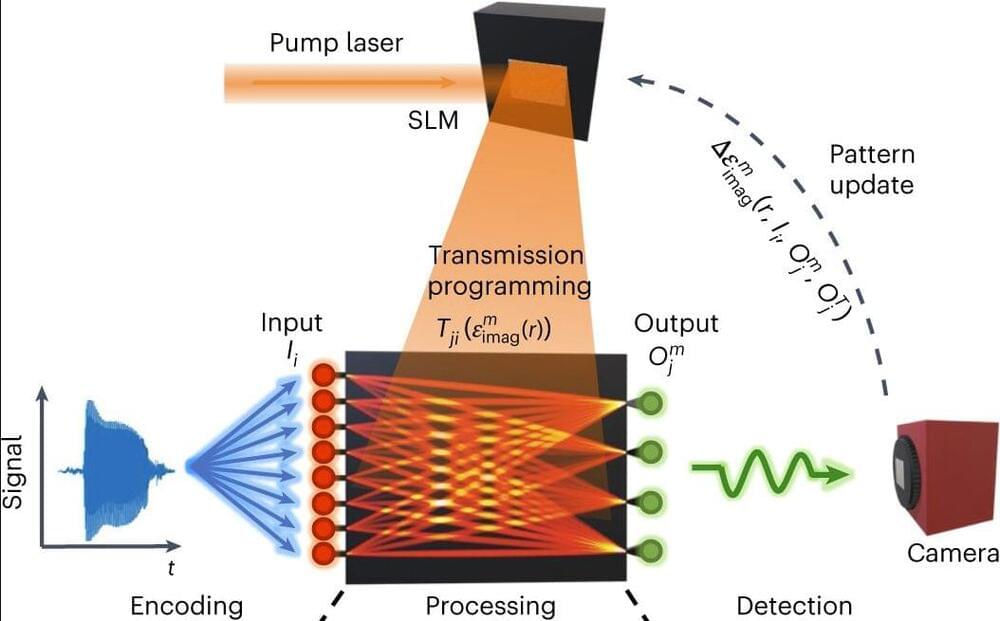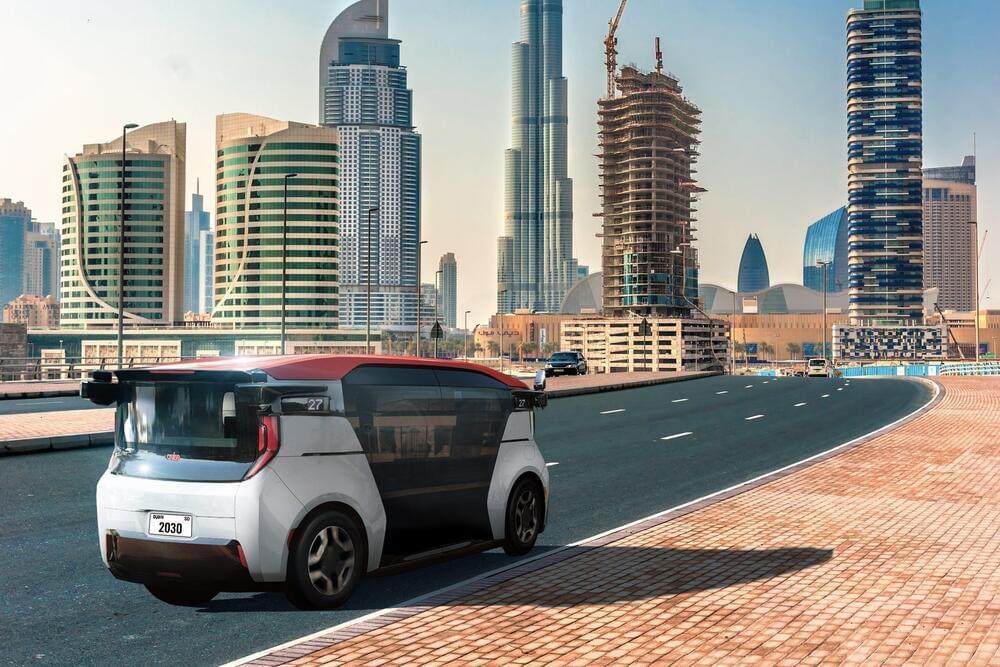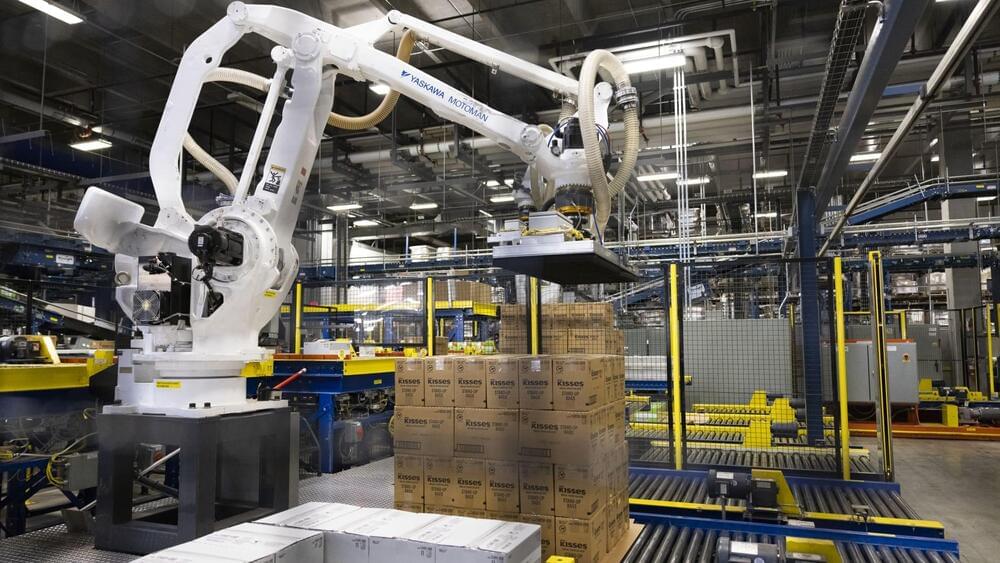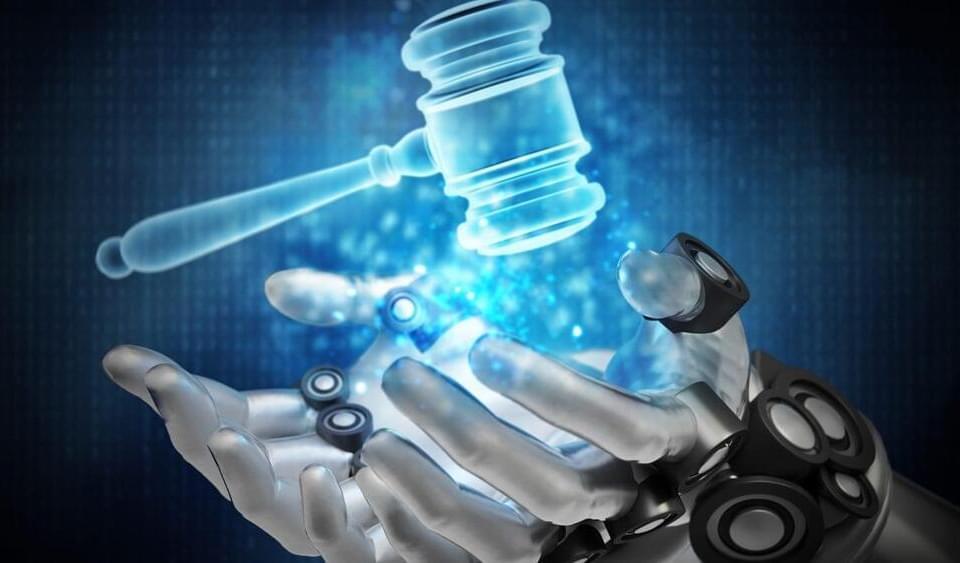Join journalist Pedro Pinto and Yuval Noah Harari as they delve into the future of artificial intelligence (A.I.). Together, they explore pressing questions in front of a live audience, such as: What will be the impact of A.I. on democracy and politics? How can we maintain human connection in the age of A.I.? What skills will be crucial for the future? And what does the future of education hold?
Filmed on May 19 2023 in Lisbon, Portugal and produced by the Fundação Francisco Manuel dos Santos (FFMS), in what marks the first live recording of the show: “It’s not that simple.”
Don’t forget to subscribe to Yuval’s Channel, where you can find more captivating content!
@YuvalNoahHarari.
Stay connected with Yuval Noah Harari through his social media platforms and website:
Twitter: https://twitter.com/harari_yuval.
Instagram: https://www.instagram.com/yuval_noah_harari.
Facebook: https://www.facebook.com/Prof.Yuval.Noah.Harari.
YouTube: @YuvalNoahHarari.
Website: https://www.ynharari.com/
Yuval Noah Harari is a historian, philosopher, and the bestselling author of ‘Sapiens: A Brief History of Humankind’ (2014), ‘Homo Deus: A Brief History of Tomorrow’ (2016), ’21 Lessons for the 21st Century’ (2018), the graphic novel series ‘Sapiens: A Graphic History’ (launched in 2020, co-authored with David Vandermeulen and Daniel Casanave), and the children’s series ‘Unstoppable Us’, (launched 2022).
Yuval Noah Harari and his husband, Itzik Yahav, are the co-founders of Sapienship: a social impact company specializing in content and production, with projects in the fields of education and entertainment. Sapienship’s main goal is to focus the public conversation on the most important global challenges facing the world today.





